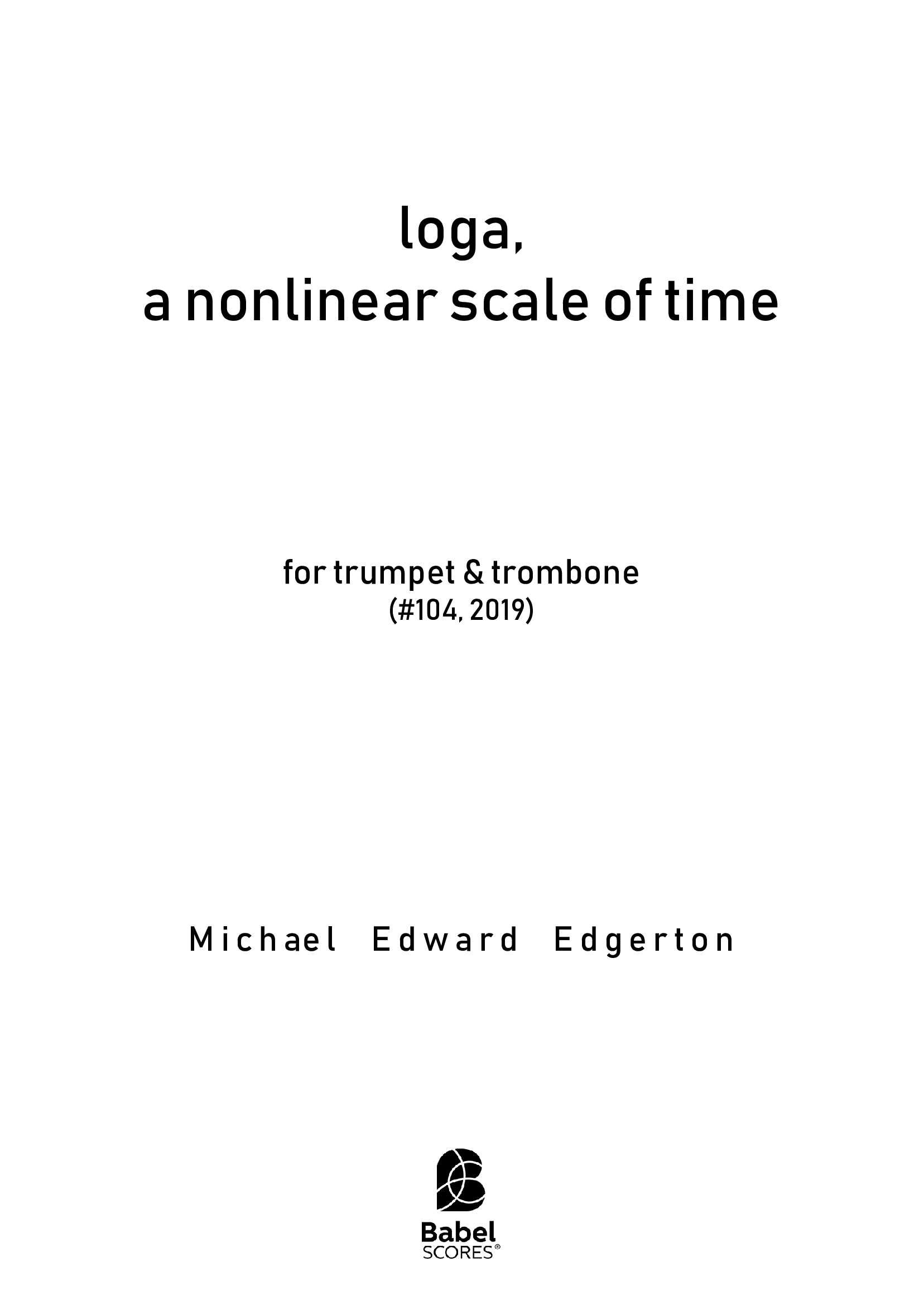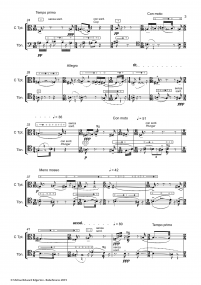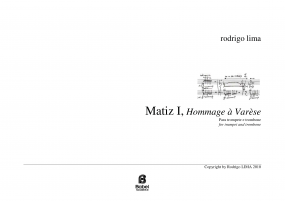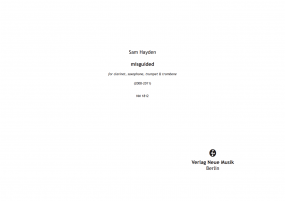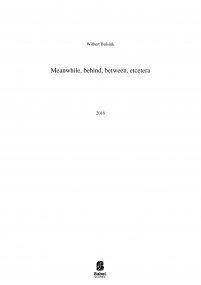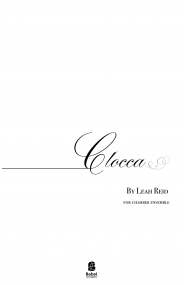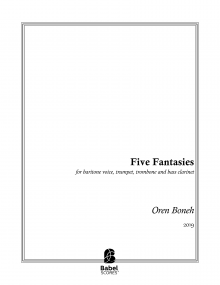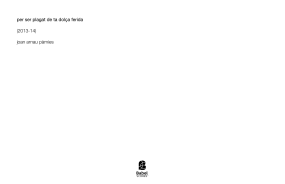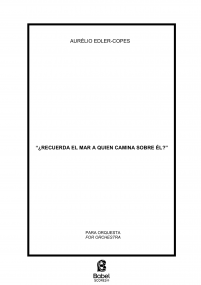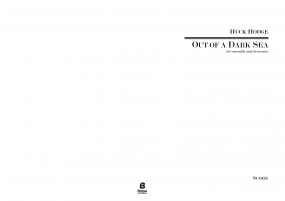loga, a nonlinear scale of time
#104 (2019)
7,52 €
Printed format (+14,80 € printing and shipping). Colissimo7-14 days aprox.
Digital version (+0,00 €) instant download
When you buy a score, you can contact the composer right here!
Specifications
Region
Europe
Estimated Duration
1 - 5min
Date
2019
ISMN : 979-0-2325-3877-8
Notes on this piece
“loga, a nonlinear scale of time” refers to the illusion of nonlinear time perception. This idea suggests that our estimation of time intervals whether on a small (milliseconds) or large (decades) scale should be logarithmic, giving us a subjective experience very different from clock or calendar. Of course, our perception of time is influenced by psychological factors: time flies when we’re busy, but really drags when we’re not.
The discipline that studies the psychology of time estimation is known as psychochronometry, which includes research attempting to mathematically simulate subjective human temporal experiences. The proposed logarithmic scales of time perception presented by this model may be rough approximations of actual human perception, but are probably better than the usually assumed linear ones. One simple idea involving logarithmic illusions is that humans judge the length of a long period of time, such as a year by comparing it with current age. For example, one year adds 10% to the life of a ten-year-old, but only 5% to that of a twenty-year-old. In order to equalize the lived experience to ratio, a twenty-year-old must add two years to reach 10%. James Main Kenney (http://www.kafalas.com/Logtime.html) proposes that it is this percentage that we feel and not the time interval (years) itself. To the twenty-year-old, a two year interval will be perceived the same as a one year interval will seem to the ten-year-old. Similarly, three years to a thirty-year-old and four years to a forty-year-old will seem to be similar time intervals. In general terms, the older we become, the faster we seem to age or, conversely, the shorter the years seem to be. This nonlinearity of time perception probably applies to all time intervals, not just years and seasons.
Add to a playlist
- Login to create your own lists
The discipline that studies the psychology of time estimation is known as psychochronometry, which includes research attempting to mathematically simulate subjective human temporal experiences. The proposed logarithmic scales of time perception presented by this model may be rough approximations of actual human perception, but are probably better than the usually assumed linear ones. One simple idea involving logarithmic illusions is that humans judge the length of a long period of time, such as a year by comparing it with current age. For example, one year adds 10% to the life of a ten-year-old, but only 5% to that of a twenty-year-old. In order to equalize the lived experience to ratio, a twenty-year-old must add two years to reach 10%. James Main Kenney (http://www.kafalas.com/Logtime.html) proposes that it is this percentage that we feel and not the time interval (years) itself. To the twenty-year-old, a two year interval will be perceived the same as a one year interval will seem to the ten-year-old. Similarly, three years to a thirty-year-old and four years to a forty-year-old will seem to be similar time intervals. In general terms, the older we become, the faster we seem to age or, conversely, the shorter the years seem to be. This nonlinearity of time perception probably applies to all time intervals, not just years and seasons.
In this duo, I model much shorter time intervals, in which the division of silences are marked by short tone bursts which are often estimated to be longer than linear clock time.
This piece also explores nonlinearity applied to the dimension of pitch, in which linear pitch movement is cloaked through the extensive use of microtonal portamenti. The expectation is that pitch movement carrying the same/similar intervals will carry nonlinear perceptions of relative height due to the influence of dynamic, register, speed, articulation, etc.
Instrumentation
Trumpet|Trombone
Score Details
Format - A4 / US Letter
Pages - 10
Pages - 10
Customers Who Viewed This Piece Also Viewed:

